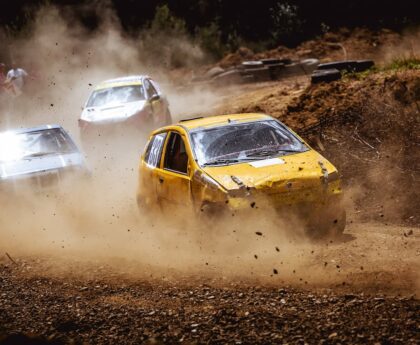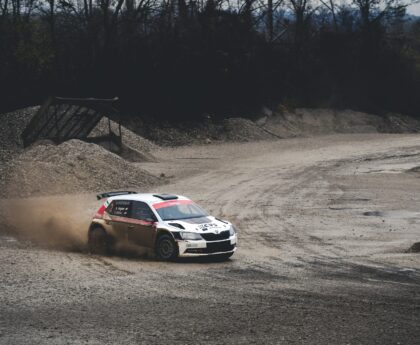Rally racing is a unique and exhilarating motorsport that captivates fans and participants alike. With its roots dating back to the early 20th century, rally racing has evolved into a sophisticated and demanding sport that tests the limits of both drivers and their machines. In this article, we will explore the adrenaline-pumping world of rally racing, focusing on its thrilling nature, the skills required to succeed, and the incredible speeds achieved on some of the most challenging terrains.
The thrill of the race
Rally racing is known for its high-octane excitement, offering spectators and drivers an experience unlike any other motorsport. Unlike traditional circuit racing, rally races take place on closed public or private roads, which are often unpaved and include diverse terrains such as gravel, mud, snow, and asphalt. This variety in surfaces requires drivers to be exceptionally adaptable and skilled in handling their vehicles under rapidly changing conditions.
One of the most thrilling aspects of rally racing is the unpredictability of the courses. Each rally event consists of multiple stages, each with its own set of challenges and obstacles. Drivers must rely on their co-drivers, who provide crucial navigational information through pace notes, which detail the specifics of each segment of the course. The constant communication and split-second decision-making create an electrifying atmosphere, both for the teams and the spectators.
Additionally, the close proximity of spectators to the action adds to the excitement. Unlike many other motorsports, rally fans can often get up close to the racing action, feeling the rush of the cars as they speed by. This unique spectator experience makes rally racing one of the most immersive and engaging motorsports available.
Mastering the skills
Becoming a successful rally driver requires a combination of natural talent, rigorous training, and a deep understanding of the sport. The skill set needed for rally racing goes beyond just speed; it encompasses precision driving, quick reflexes, and the ability to remain calm under pressure.
One of the essential skills in rally racing is car control. Drivers must be adept at managing their vehicles on a variety of surfaces, often switching between them multiple times during a single stage. This requires a deep understanding of the car’s handling characteristics and the ability to adjust driving techniques accordingly. Techniques such as left-foot braking, throttle control, and precise steering inputs are critical for maintaining speed and control on slippery or uneven surfaces.
Another crucial aspect is the mental toughness and concentration required to navigate the demanding courses. Rally drivers must process a constant stream of information from their co-drivers while simultaneously reacting to the immediate conditions of the road. This intense mental focus, combined with physical endurance, is what sets top rally drivers apart from their competitors.
Training for rally racing involves not only practicing driving skills but also building a strong rapport with the co-driver. The synergy between the driver and co-driver can significantly impact their performance, as effective communication and trust are paramount to successfully navigating the stages.

The need for speed
Speed is at the heart of rally racing, and achieving high speeds on challenging terrains is a testament to the skill and bravery of the drivers. Modern rally cars are engineering marvels, equipped with advanced technology that enhances their performance and safety. These vehicles are designed to withstand the rigors of rally racing, featuring robust suspension systems, powerful engines, and sophisticated traction control systems.
In rally racing, speed is not just about how fast a car can go in a straight line. It is about how quickly and efficiently a driver can navigate through a complex course filled with twists, turns, jumps, and various surface conditions. The combination of high-speed straights and technical sections demands a versatile driving approach, where maintaining momentum is often more important than outright top speed.
The pursuit of speed in rally racing also drives innovation in automotive engineering. Manufacturers use rally events as a testing ground for new technologies and advancements, which often find their way into consumer vehicles. This symbiotic relationship between motorsport and the automotive industry has led to significant improvements in car performance, safety, and reliability.
Incorporating SEO into your rally racing blog can help you reach a wider audience and attract more readers interested in this exciting motorsport. For more information on optimizing your blog for search engines, you can visit Dr Seo. This resource offers valuable insights and strategies to enhance your website’s visibility and performance in search engine rankings.
By understanding and appreciating the thrills, skills, and speeds of rally racing, fans and aspiring drivers can gain a deeper appreciation for this demanding and exhilarating sport. Whether you are a seasoned enthusiast or a newcomer to the world of rally racing, the excitement and challenge of this motorsport are sure to captivate and inspire.





